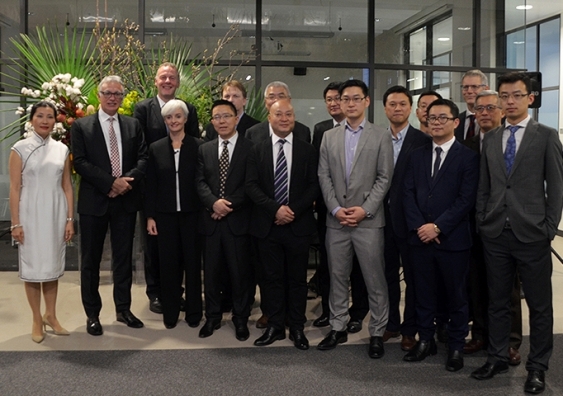
The University of UNSW has entered into a research partnership with Chinese company WeTouch to develop new types of touchscreens that overcome the drawbacks of current screen technologies.
The collaboration, which is part of the Torch innovation partnership between UNSW and China, announced last year, will see the two parties work together to develop touchscreens that would be very robust but also sensitive enough to detect ten fingers.
UNSW Dean of Science Professor Emma Johnston said the project could have massive implications for the growing touchscreen industry.
“Development of touchscreens is a massively expanding industry,” Professor Johnston said.
“So, it is no understatement that this project to develop new touchscreens that are highly sensitive, accurate, low cost and made from readily available technologies could have a global impact. It represents a great opportunity for the company, for Australia and for China.”
Unlike first generation touchscreens, which use a resistive technology that relies on pressure on flexible layers of material, WeTouch’s piezoelectric-based screens rely on capacitive sensing, where touch is detected by a change in the capacitance when a conducting object like a finger is placed on the screen.
WeTouch Australia Chairman, Dr Peter French, said the new technology is energy efficient and allows for multi-touch capability that would make typing with all ten fingers possible.
“As chairman of WeTouch Australia, I am very pleased to be part of this very exciting program of research that can showcase Australian innovation generally and that of UNSW in particular . . . to enhance and improve all our lives,” he said.
The project is led by Dr Danyang Wang, Dr Dewei Chu and Professor Sean Li of the UNSW School of Materials Science and Engineering.




















